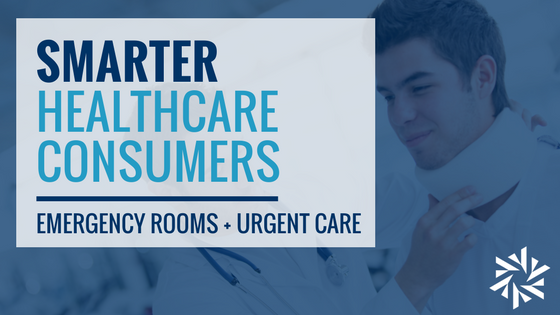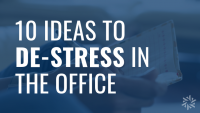
High Utilization of Emergency Rooms is Necessary
Emergency rooms do see a high usage, but according to the CDC, only about 5% of this is due to non-urgent issues. Using an emergency room and the hospital is unavoidable, medical emergencies happen and they are the best place to seek treatment in these cases.
An emergency is life-threatening and requires immediate care. You should call 911 for assistance. Emergency responders can offer assistance and get you to the closest hospital for additional care.
Examples of an Emergency
- Not breathing/having difficulty breathing
- Choking – unable to dislodge item
- Heart attack or stroke (Learn the Symptoms – American Stroke Association)
- Broken bones
- Severe bleeding or burns
- Shock (Learn the Symptoms – Mayo Clinic)
- Head or Eye injuries
- Altered mental state or confusion
Emergency room and other hospital services can be expensive, even if you have health insurance. Emergency room visits often have the highest copays and long wait times if you are not in a critical condition. Keep emergency room use for true emergencies, while continuing to utilize your other sites of care to treat minor issues and receive preventive care.
Don’t Rule Out Urgent Care
An urgent care can help with minor issues that you need treatment for when your regular physician’s office is closed. Be sure to look for an urgent care with lots of availability (in their hours and number of physicians on staff) and ability to check in online for shorter wait times. It’s a good idea to evaluate the types of services different urgent cares can offer. It is preferable to have on-site lab work and some diagnostic equipment, like x-ray, available regularly.
An urgent care is in no way a replacement for emergency room physicians and services. Going to an urgent care when you need to seek help at an emergency room can delay necessary treatment.
Prepare for Care
The best way to help save on your health care costs and receive the best treatment in any situation is to do your homework and be prepared. Know where your closest emergency room is, save information for nearby urgent care centers, and keep your regular physician’s information on you.
How to Prepare for Emergencies
- Learn CPR and first aid (not as a replacement for professional emergency treatment)
- Keep first aid book or card handy
- Have emergency numbers posted
- Know the location of the closest emergency facilities
- Understand your insurance policy
- Have medical history available
- Carry ID and insurance cards at all times
What sort of issues are not emergencies, and what should you do about them? You can administer self-care at home for many minor issues if you keep proper supplies on hand. You can check with your doctor or urgent care for additional help if necessary.
Examples of Routine Issues – Care for at Home
- Minor cuts and sprains
- Fever of 102° F or below in adults
- Headache
- Sore throat
- Common cold
- Mild flu symptoms
- Upper respiratory infection
- Common neck and back pain
Treating common issues at home doesn’t require a lot of tools and you probably have most items you need already. Store everything in a common area and make sure adults in your home know to find it. If you have children in your home, use child-proof storage.
Don’t forget that many of these items can be purchased with your Flexible Spending or Health Savings account. You can get a prescription from your doctor for these items (even though it’s not necessary to purchase) to meet eligibility if necessary. For more information about these savings accounts, check out our handy presentations.
What to Keep in Your Home Treatment Kit
- Assorted bandages
- Sterile gauze pads and tape
- Thermometer
- Tweezers
- Moist towelettes
- List of emergency numbers
- Flashlight and batteries
- Nasal bulb syringe
- Scissors
- Elastic wrap
- Pain and fever medications (ibuprofen/acetaminophen)
- Antacids
- Antibacterial ointments
- Decongestants
- Antihistamines
- Sunblock
- Anti-itch products
- Anti-diarrheal products
- Heat/Cold packs
(If you are pregnant or taking any other medications, please consult with your doctor prior to taking any new medications.)
Getting the right treatment makes you a better healthcare consumer and can save you time and money. For more ideas about how to be a smarter healthcare consumer, check out more articles on the Benefits Blog and follow Austin Benefits on Facebook, LinkedIn and Twitter.



